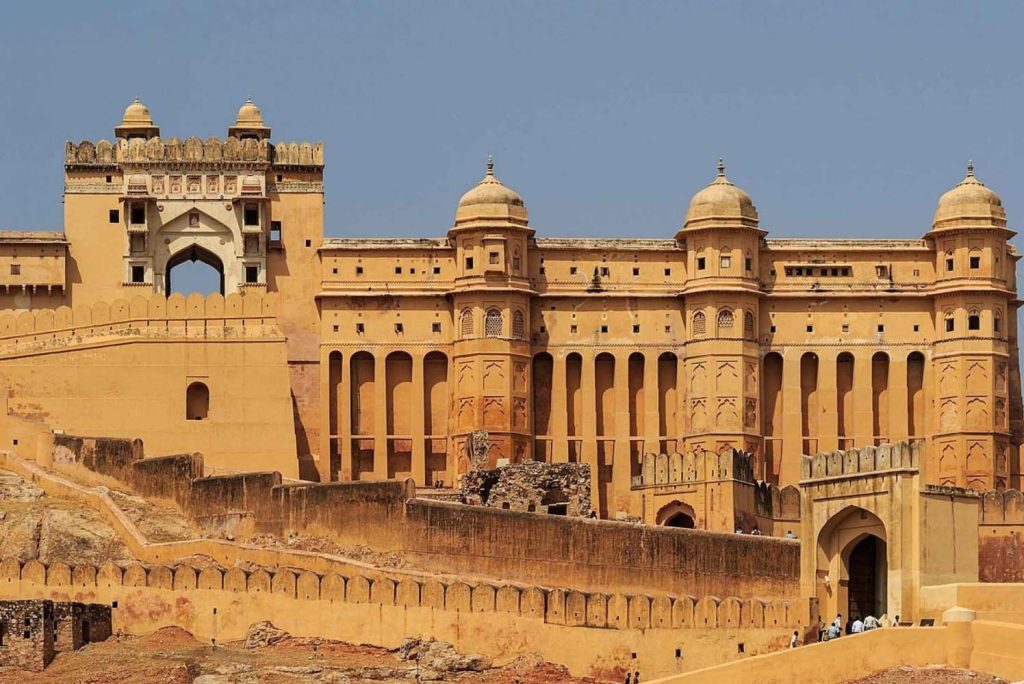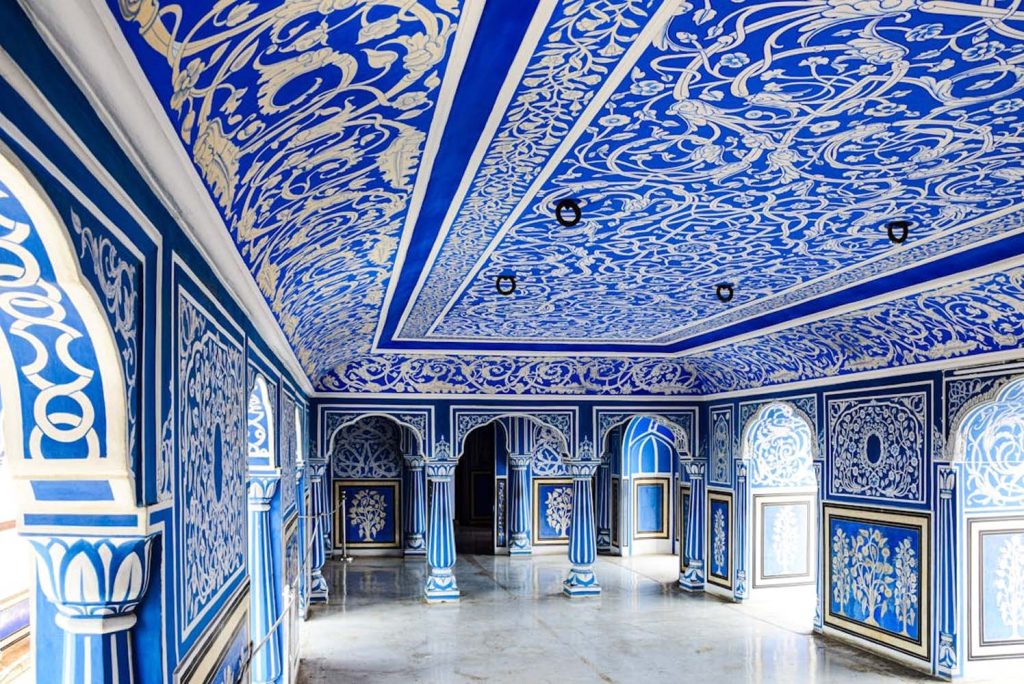Jaipur City Tour By Car
- Home
- Jaipur City Tour





Jaipur City Tour By Car
Rating
25+ Rating
Duration
01 Day
Destinations
Jaipur City Tour
Tour Overview
On your overnight Jaipur tour by car, get ready to explore the top 8 major tourist attractions of the city of Jaipur, including Amber Fort, Hawa Mahal, City Palace, Jantar Mantar, Albert Hall Museum, Birla Temple, Jaigarh Fort, and Nahargarh Fort. Travel in the comfort of your own vehicle, accompanied by a tour guide, and explore the famous forts and palaces of Jaipur. Learn about the city’s history, the royals who once ruled, and the attractions that date back centuries.
Arrival in Delhi
Upon your arrival in Delhi, our representative will welcome you at the airport and drive you to Jaipur for your city sightseeing tour.
Amer Fort
Amer Fort is a centuries-old fort located on a hilltop and attracts many international travelers. If available, you can reach the top of the fort on an elephant’s back. Learn about the history behind the fort’s construction, the royals who once lived there, and much more. The Amer Fort is admired for its artistic style elements, featuring large ramparts, a series of gates, and cobbled paths. The fort overlooks Maota Lake, which is the main water source for the Amer Palace.
City Palace
The City Palace in Jaipur is a royal residence and the former administrative headquarters of the rulers of Jaipur State. Built by Maharaja Sawai Jai Singh II between 1729 and 1732 AD, the palace is equipped with all necessary facilities and security. The most prominent structures within the City Palace are the Chandra Mahal, Mubarak Mahal, Shri Govind Dev Temple, and the City Palace Museum.
Hawa Mahal
The Hawa Mahal, also known as the Palace of Winds, is a magnificent five-story palace in the shape of a pyramid, enclosing nearly 953 windows, also known as jharokhas, which resemble a honeycomb. The main wall of Hawa Mahal stands without any support and includes around 365 window panes. It was originally built for royal women to observe the lives of the locals and events in the street without being seen
Jal Mahal
Jal Mahal, meaning “Water Palace,” is a popular attraction in Jaipur. A perfect example of Rajput-style architecture, Jal Mahal was built using local sandstone. It is a three-story building, with the third floor existing only on the eastern side of the palace. Located in the middle of Man Sagar Lake, Jal Mahal was constructed around 1699. It and the surrounding lake were later renovated and enlarged in the early 18th century by Maharaja Jai Singh II of Amber.
Nahargarh Fort
Nahargarh Fort was primarily built in 1734 by Maharaja Sawai Jai Singh, the then king of Jaipur, as a retreat on the edge of the Aravalli Hills. The fort offers picturesque views of the entire city and is also known as Tiger Fort. The word Nahargarh means “abode of tigers.” Along with Amer Fort and Jaigarh Fort, Nahargarh formed a defensive ring around the city.
Jaigarh Fort
Jaigarh Fort, also known as Victory Fort, was constructed under the reign of Maharaja Jai Singh II in 1726 and is named after him. The fort was primarily built to protect Amer Fort and its palace complex and is connected to Amer Fort via a suburban route. Jaigarh Fort houses the world’s largest cannon on wheels (Jaivana), and it is where Maan Singh I and his successors stored war spoils such as gold, silver, jewels, and other booty.
Albert Hall Museum
The Albert Hall Museum is the oldest museum in Jaipur and serves as the state museum of Rajasthan, also known as the Government Central Museum. A perfect example of Indo-Saracenic architecture, the museum is situated in Ram Niwas Garden, outside the city wall. The museum was considered one of the best 19th-century museums due to its vast and unique collections. It was renovated in 2008 and reopened as one of the most advanced museums in India.
Jantar Mantar
Jantar Mantar is an ancient astronomical observatory built between 1724 and 1734 by Sawai Jai Singh II. The observatory houses 14 major instruments designed to measure time, predict eclipses, determine the speed and position of stars, and much more. This structure is a testament to the advanced knowledge of ancient people and is designated a UNESCO World Heritage Site.
Inclusive
- Delhi-Agra-Delhi by air-conditioned car
- English speaking Tour Guide
- Packaged mineral water
Exclusive
- Tips / Gratuities to guide and driver
- Any kind of drinks/alcohol
- Any kind of personal expenses




